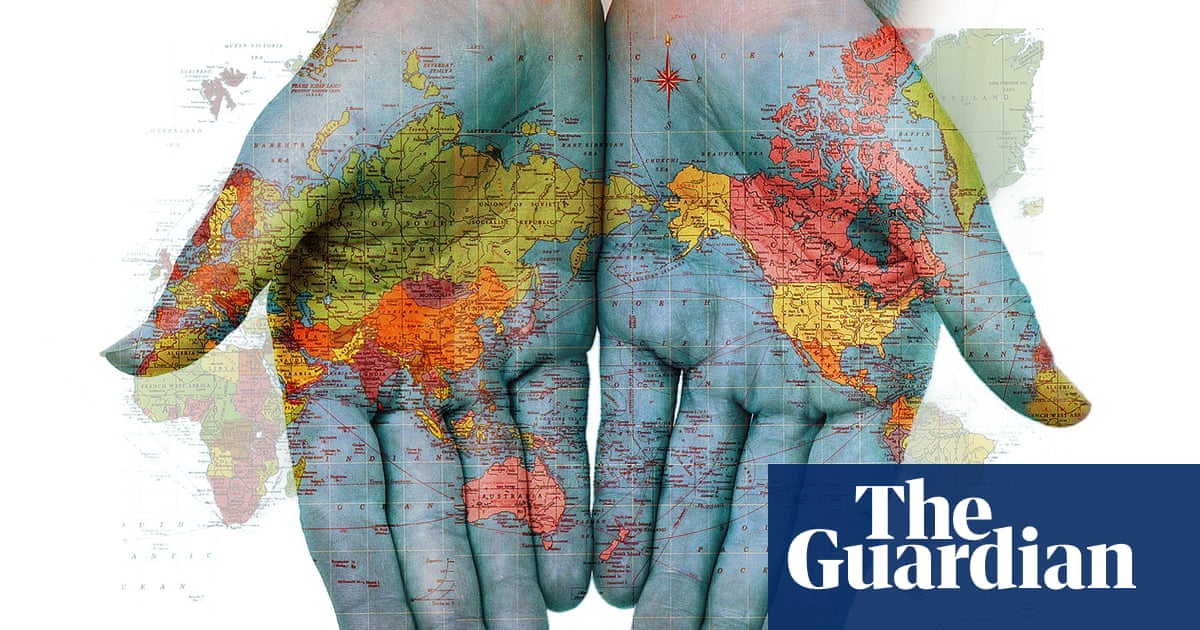
"Most of Spinney's examples are drawn from Europe and Asia, where patriarchal systems displaced biarchal models (those based on shared gender governance) in the distant past. Yet in some regions biarchal cultures endured far longer. In places such as Canada, the US, parts of Africa, southern India and Polynesia, these biarchal traditions are almost within living memory. For evidence look at Mi'kmaw Women Strength of a Nation, a web-based learning initiative by Mount Allison University in Canada."
"Similarly, a 2022 Guardian article about Kenyan Kikuyu women reclaiming their own heritage says: Under Kikuyu cultural practice, women had control over agricultural production, the community's main source of livelihood. Mukuru says she was surprised to discover that the culture was also matrilineal and sexually liberal. Again it was European colonial pressure that suppressed these female roles. Also often overlooked is the intersection of biarchy and LGBTQ+ history."
Most documented examples of biarchy come from Europe and Asia, where patriarchal systems later displaced shared gender governance. Other regions—Canada, the United States, parts of Africa, southern India and Polynesia—retained biarchal traditions much longer, sometimes within living memory. The Mi'kmaw Women: Strength of a Nation initiative documents how colonialism dismantled Mi'kmaw female autonomy, including forcible removal of children to mission schools that imposed Christian patriarchal values. Kenyan Kikuyu practice granted women control over agricultural production and featured matrilineal and sexually liberal norms before European colonial pressure suppressed those roles. Many biarchal societies valued gender-variant people and assigned them spiritual and cultural roles.
Read at www.theguardian.com
Unable to calculate read time
Collection
[
|
...
]